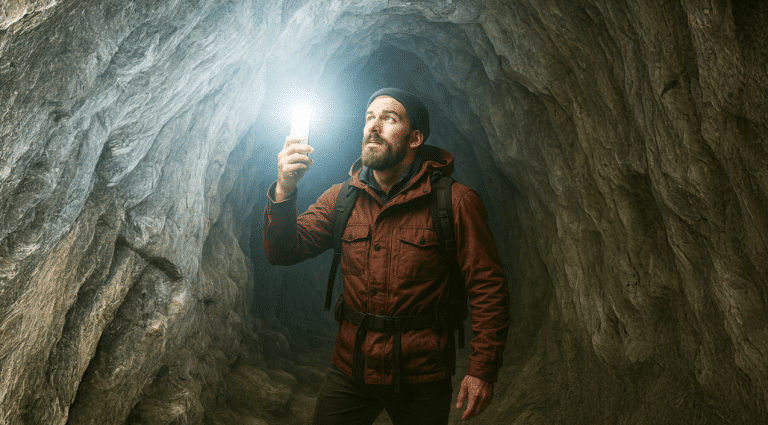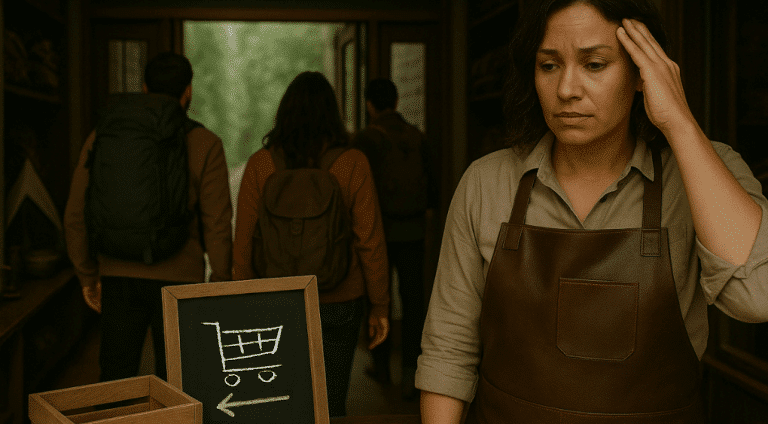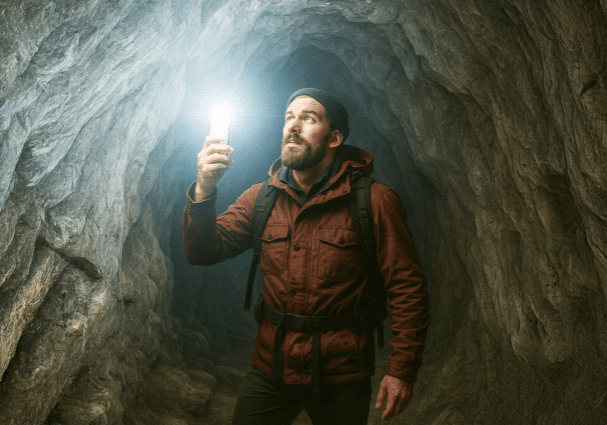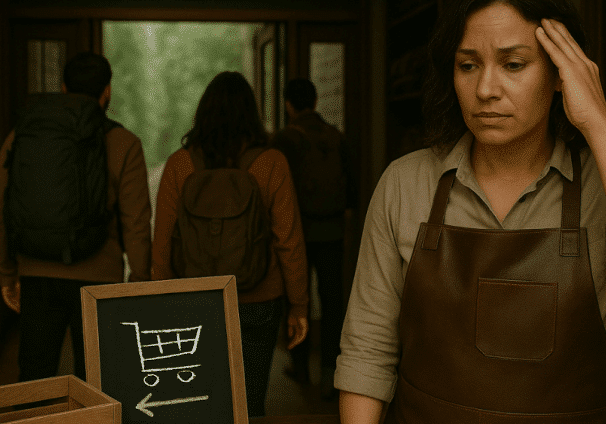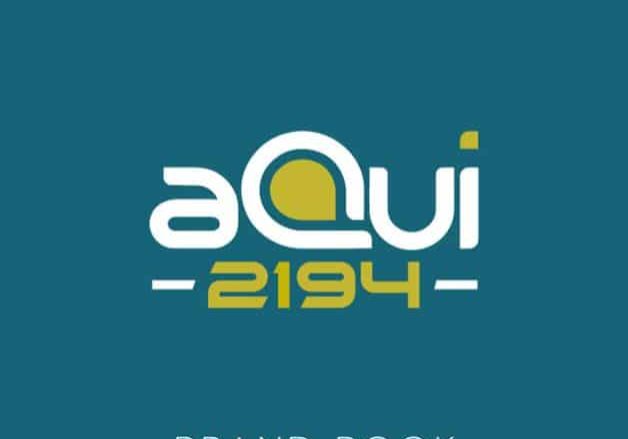On-site SEO Boot Camp: What Is On-site SEO and How to Rank Higher on Google Searches
May 5, 2025

Welcome to On-site SEO Boot Camp! If you feel a little lost when other people talk about “Search Engine Optimization (SEO),” don’t worry. You’re not the only one. SEO might seem like high-tech wizardry that only marketing gurus master. But it’s not. So what is SEO? SEO is just a set of rules that helps your website show up in search engines like Google.
Picture yourself as a bright-eyed civilian walking onto the base in Fort Benning, GA for the first time. You’ve arrived in the heat of the day to salute a stoic (and slightly intimidating) drill sergeant. He sets high expectations and runs each drill with immaculate, efficient order. Just like a new recruit who must work his way from the ground up before he becomes an elite soldier, you must start at square one with SEO. As you master the tactics and learn to apply them to your business, you will prove to be a formidable competitor in the end.
So grab your gear (or, you know, just a cup of coffee), and let’s march through the basics of SEO, boot-camp style.
Phase 1: Breaking It Down. What is SEO and Why Does It Matter?
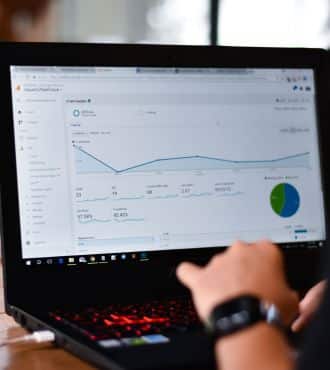
In basic training, the first few weeks break recruits down – disassembling old habits, rebuilding discipline, and learning how to function as a unit. That's what our plan is with SEO. Before we build knowledge, we need to break it down.
SEO helps your website get found when people search online. Let’s say you own a coffee shop in Atlanta. If someone types “best coffee shop in Atlanta” into Google, you want your website to show up at the top of the search results. That’s what SEO does for you. This keyword/phrase tells Google, “Hey, this page is EXACTLY what this person is looking for.”
SEO and Keywords Accomplish Four Things For Your Website:
- Improves Visibility. If your website isn’t optimized, people won’t find you. It’s that simple. When people are looking for businesses like yours on Google, SEO pushes you to the front of the crowd.
- Drives Web Traffic. Let’s do the math.
More people finding you = more people visiting your site.
More people visiting your site = more conversions.
More conversions = more success for you. - Builds Authority. Think about your last Google search. Were you more likely to click on the first website or the 28th? Why? Websites that show up at the top of search results are seen as more trustworthy and credible.
- Delivers a Great Customer Experience. SEO helps real people find what they need quickly and easily.
To get to the point: If you ignore SEO, you’re basically setting up shop in the middle of nowhere and wondering why no one’s walking through the door. If you use keywords correctly, a giant, neon sign essentially points to your business on the busiest street in town.
Got it? Good. Time to move on to the next phase of boot camp – learning how to fight.
Phase 2: Learning the Tactics: How to Use SEO to Win the Battle for Attention.
Once recruits understand the basics, military training shifts toward combat tactics – how to fight, defend, and survive in the field. Stand up straight, soldier! I hear the bugle calling us to SEO action.
Everyday, your website competes against thousands (sometimes millions) of other websites for attention. To win, you MUST use the right SEO tactics so that Google picks up on your content and ranks you higher. Here's how the game works. First, you need to determine which keywords work best for your website. (If you need help with this, we have a special ops team at JamboJon that can easily figure that out). Then, with keyword research in hand:
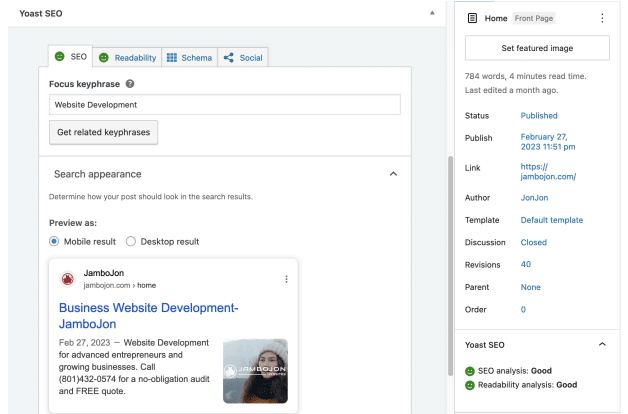
Your Target Keyword (Or Phrase) Needs To Be In Eight Pivotal Places
1. URL slug. This is the part of the web address that comes after your domain. For example, if your page is about “best coffee in Atlanta,” your URL should look like this:
www.yoursite.com/best-coffee-atlanta
Google scans URLs to understand what the page is about, so don’t waste this space on random numbers or meaningless words.
2. SEO title. (Meta Title). This is the blue clickable link you see in Google search results. It’s also the first thing people read before deciding whether to click on your site. For example:
Best Coffee In Atlanta – Your Cafe Name
3. Metadata (Meta Description). This is the little description under the SEO title in search results. It should explain why your page is valuable in 150 characters or less. For example:
“Looking for the best coffee in Atlanta? We serve locally roasted beans, handcrafted lattes, and the coziest atmosphere in town. Contact 123-456-7890 today!”
Think of this as your elevator pitch. You need to convince people to click on your site instead of someone else’s.
4. H1 Title (Main Headline on your Home page). The H1 is the title of the actual web page. It should match what people searched for. For example:
“The Best Coffee in Atlanta – Here’s Where to Find It”
Make it clear, bold, and relevant. Don’t get too clever or Google won’t know what you’re talking about.
5. H2 (A Subtitle on the Page) This is a subheading that organizes your content. Google scans subtitles for keywords to understand what’s important. It doesn’t need to be in ALL of your subheadings. Just one. For example:
“Why Our Coffee is the Best in Atlanta”
It’s like writing a newspaper article. Break up big sections with clear, descriptive headings that make it easy to read.
6. Paragraph Copy Your keyword should be naturally placed throughout your content without stuffing it in awkwardly. For example:
“If you’ve been hunting for the best coffee in Atlanta, your search is over! Our locally roasted beans and expertly crafted espresso make us the go-to spot for coffee lovers.”
The key here is to write for humans, not just for search engines. If it sounds unnatural, rework it. Google rewards sites for sounding normal, not like a bot.
7. Internal Link (Link to another page on your website) Google loves internal links because they help visitors explore more of your site. For example:
“Check out our full coffee menu to see what we offer.”
This keeps visitors on your site longer, which is a WIN for SEO.
8. External Link (A Link to a relevant outside page. Opens in a new tab) Linking to credible sources tells Google that your content is well-researched and valuable. For example,
“According to Coffee Science, lighter roasts have more caffeine than darker ones.”
Always have external links open in a new tab so visitors don’t accidentally leave your site.
Phase 3: Applying It In the Real World. Making SEO Work for You.
In the final phase of boot camp, recruits put all their training together. They take what they’ve learned and apply it to real-life combat situations. That’s where you’re at now.
You know the WHY of SEO. You know the HOW. Now, it’s time to apply it to your website so you can start seeing real results.
Next Steps for You:
- Run a quick SEO audit. Look at one of your pages and check if your target keyword is in the 8 key places.
- Make small improvements. If your page is missing any of these SEO elements, update it.
- Be consistent. SEO isn't a one-time thing. The more pages you optimize, the better your results.
- Stay patient. SEO takes time, but every little improvement helps you climb the ranks.
Well done! You are no longer a trainee. Sling your duffle bag over your shoulder and look for your family in the crowd. You should be proud of all your effort! Your grit shows! Now that you’ve completed On-site SEO Boot Camp, you’re well on your way to higher rankings, more website traffic, and a business website that actually gets found.
So, soldier, are you ready to take on the battle for Google rankings? It’s not for the faint of heart. Time to put in the work and get your site in fighting shape!


